CMOs still trust their ‘gut’ feeling for creativity that will work. However, there is now the Data Creativity Score available that can better help measure the impact of creative initiatives to drive better strategies.
A marketer always measures creativity; it is not a choice. Every investment in a marketing campaign comes with the question of return on investment.
Marketers need to use some measurable metrics to convince fellow C-suite executives about the expected ROIs of the campaigns they plan. But today, considering the flaws inherent in the available options CMOs find it challenging to identify the means of measuring creative content.
According to experts, the currently available three options are far from being perfect. The steps include pre-testing, post-activity assessments, and a combination of both. The key issue with pre-testing is that it often assesses the early approximation of what can eventually materialize, but, not the actual thing. Similarly, the post-activity option evaluates only what has been delivered, which means that the insights gained cannot help improve the campaign during the action. A combination approach might yield some more data and some interesting insights, but still leaves marketers with the ‘before’ and ‘after’ measurement.
Read More: Video Marketing Strategy Top Three Pitfalls Businesses Need to Address
Finally, marketers have to rely on their gut feeling for big decisions. This puts the CMOs under pressure as they can only ‘hope’ that campaign based on the limited pre and post previous insights will work. Experts believe that marketers still neglect a crucial element: digital data.
Smart Data assessment can allow to improve a campaign during its commercially active phase, and also track and objectively evaluate the campaign in real-time. This is precisely what the Data Creativity Score does.
The Data Creativity Score was first introduced in the 2000s by researchers at the Technical University Berlin. They worked on creativity measurement based on two crucial dimensions in the marketing context: consumer activation and creative concept (originality, newness). The working model was only possible after the advent of big data and the ‘digital first’ paradigm.
Data Creativity Score tracks campaigns in real-time, where it calculates scores for the creative concept and activation, that make up the final ‘creativity score.’ Leveraging Natural Language Processing (NLP) algorithms, Data Creativity Score looks at two things – the way consumers perceive the campaign emotionally, and how the campaign motivates them to look up for more information about the product.
The data is derived from future-oriented sources, like the tonality and emotional intensity of the comments. This is where NLP comes into play and adds insights from search volume and social media mentions.
Read More: Community and Consumer Privacy in the Metaverse Beyond Third Party Cookies
The best part about digital data is that it has a real-time advantage. A data-driven measurement approach allows marketers to cut media budgets for the campaigns that fail to activate, have better saving costs, and adapt claims during the action. Measuring real-time also accounts for changes to the services and products that take place during operation and provide clear indications for the way the campaign influences sales. With Data Creativity score, the insights are generated in a full campaign cycle that can be used for the next creative endeavor.
While the score will be better at analyzing the impact of a campaign, it’s big negative is that it is limited to only measuring online activity. However, in the online-first world, there is hope that since it eliminates the subjective ‘gut’ feeling, measurement algorithms based on data can give better proofs for a view of RoI.
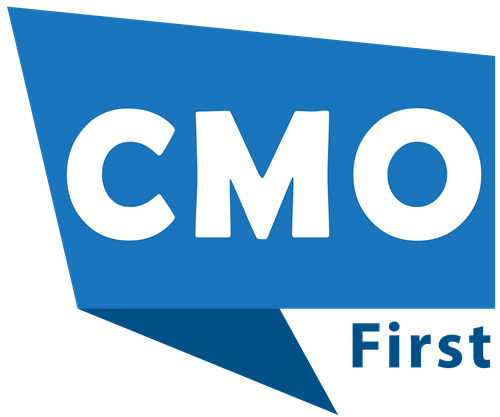



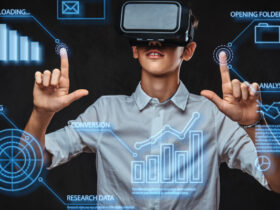

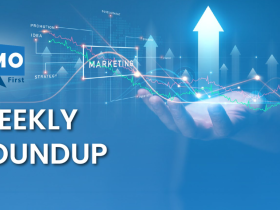
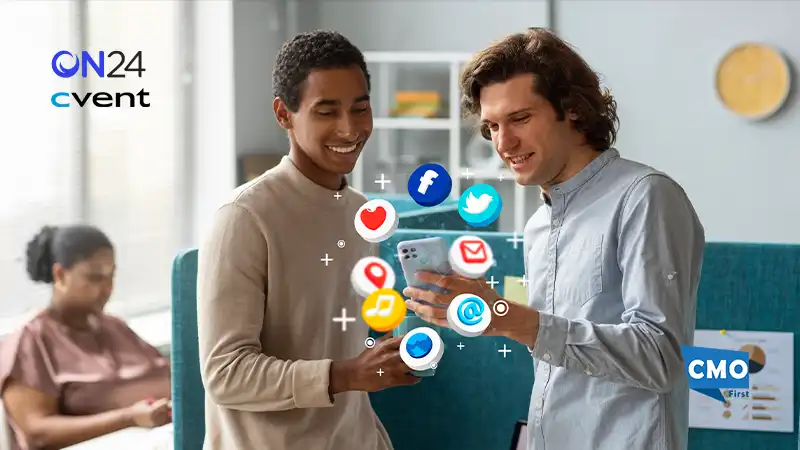



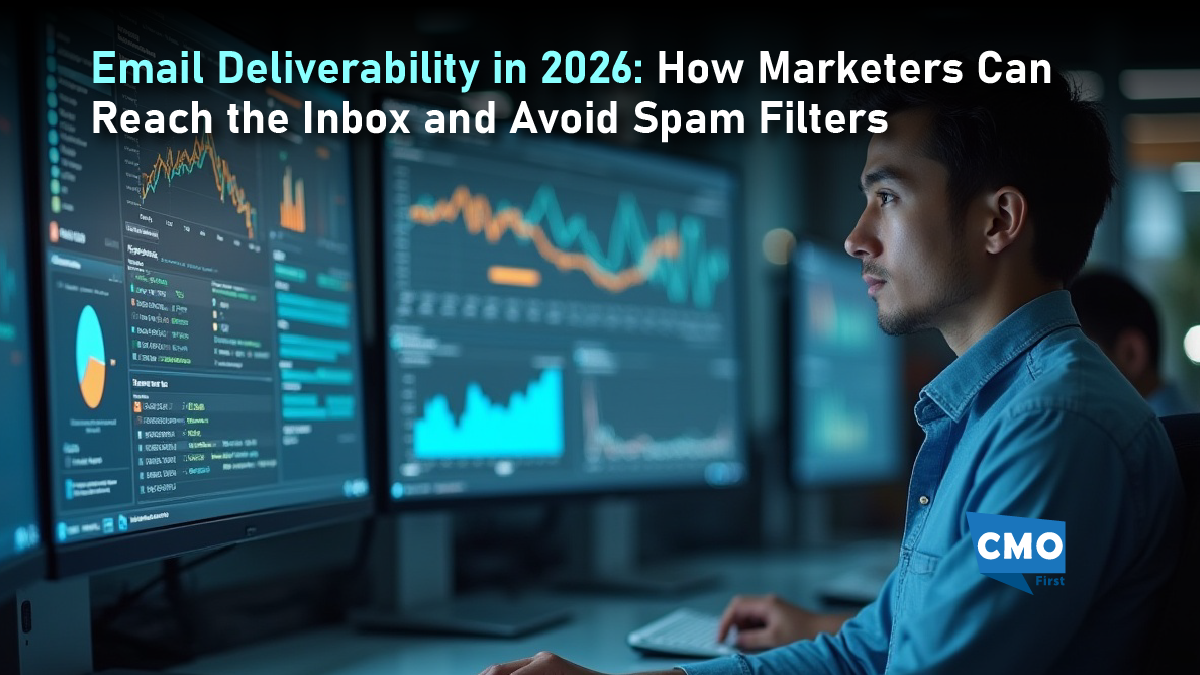
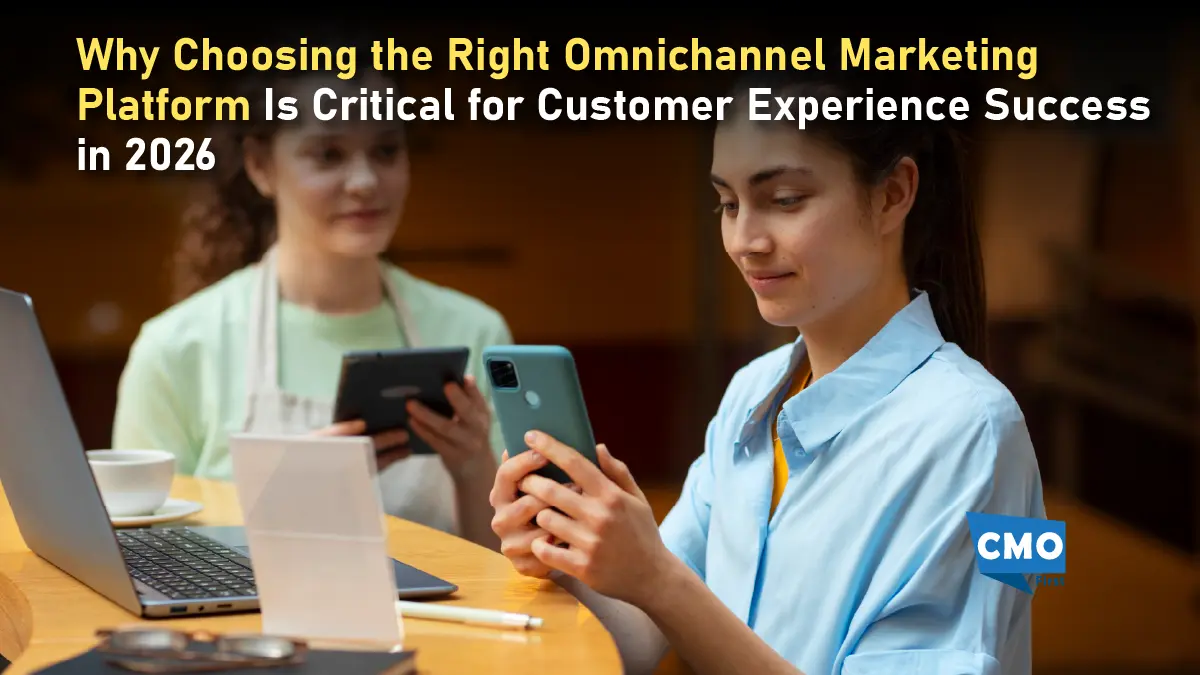
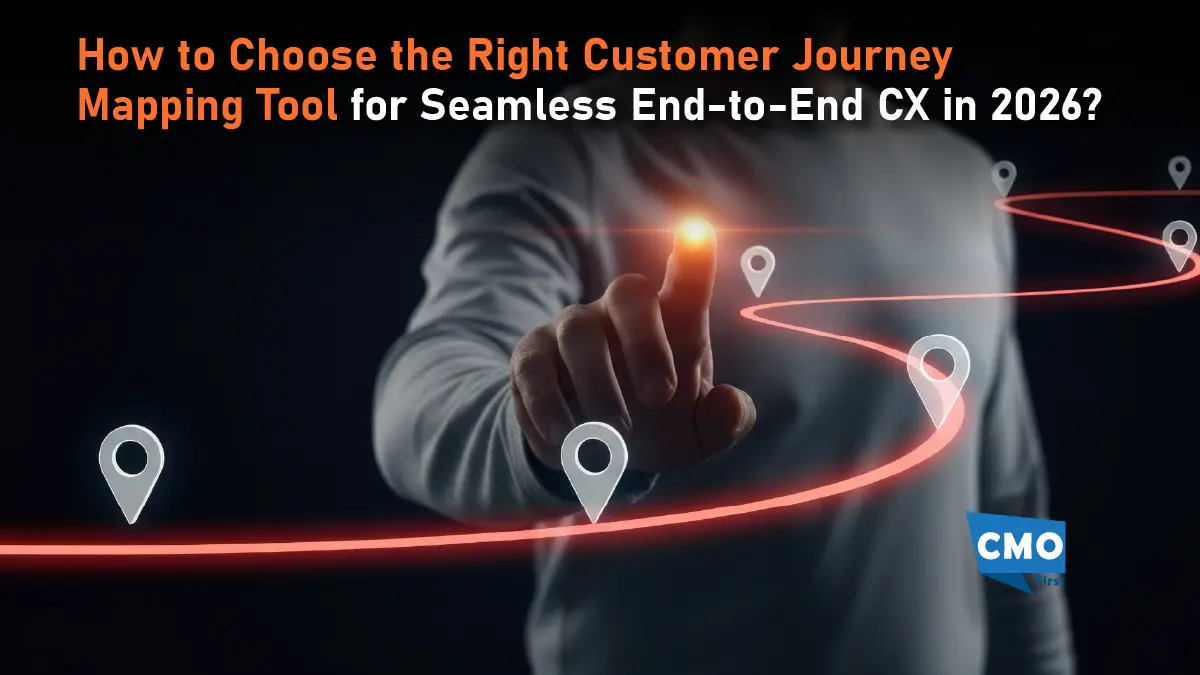
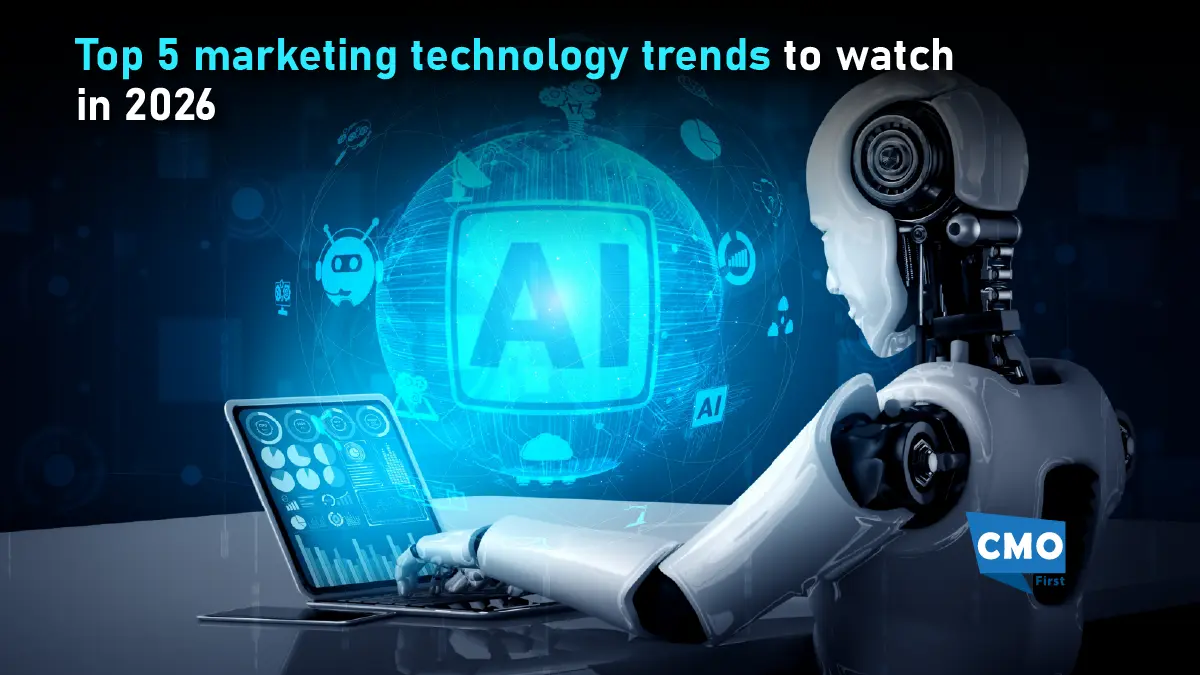
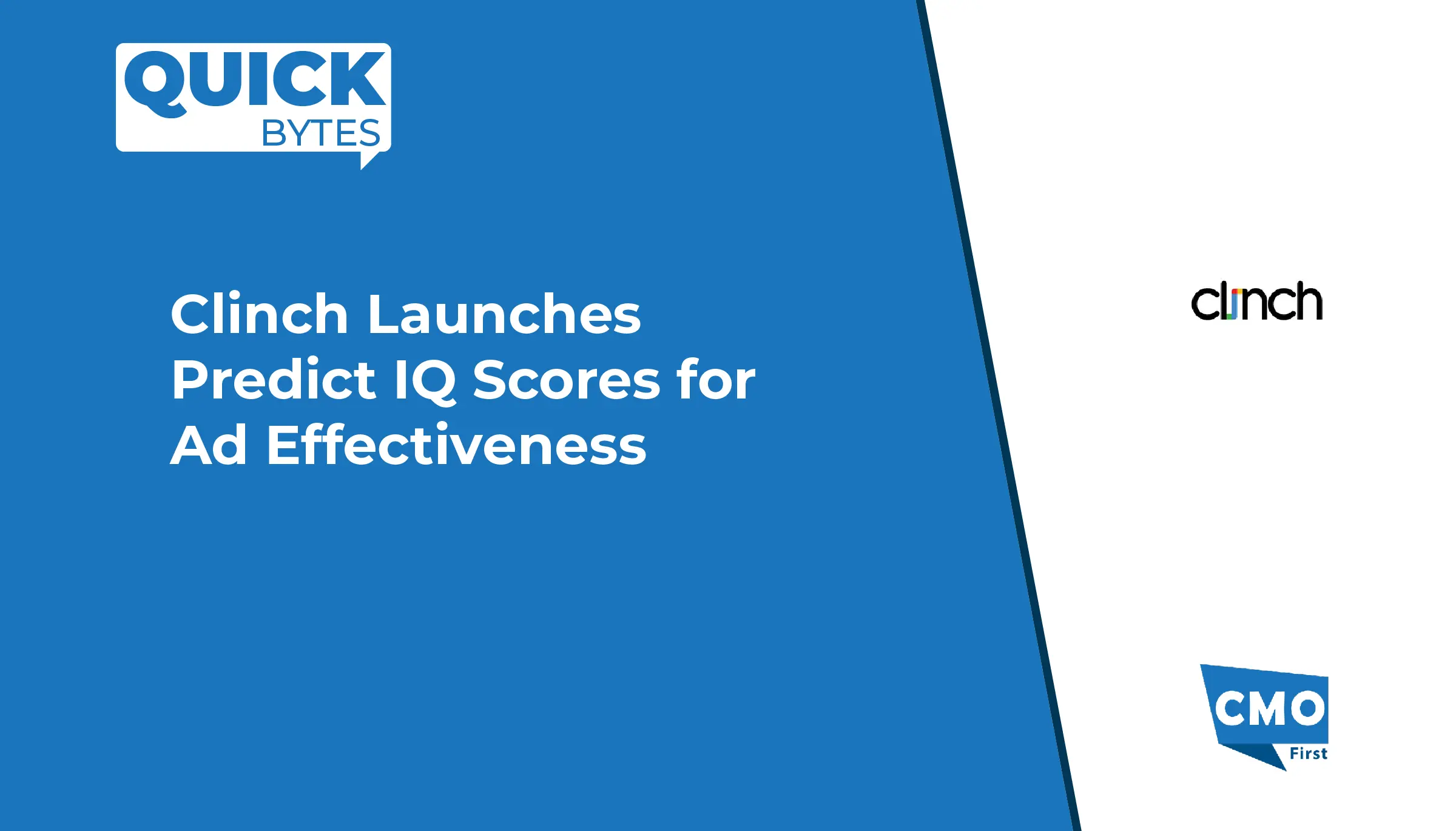

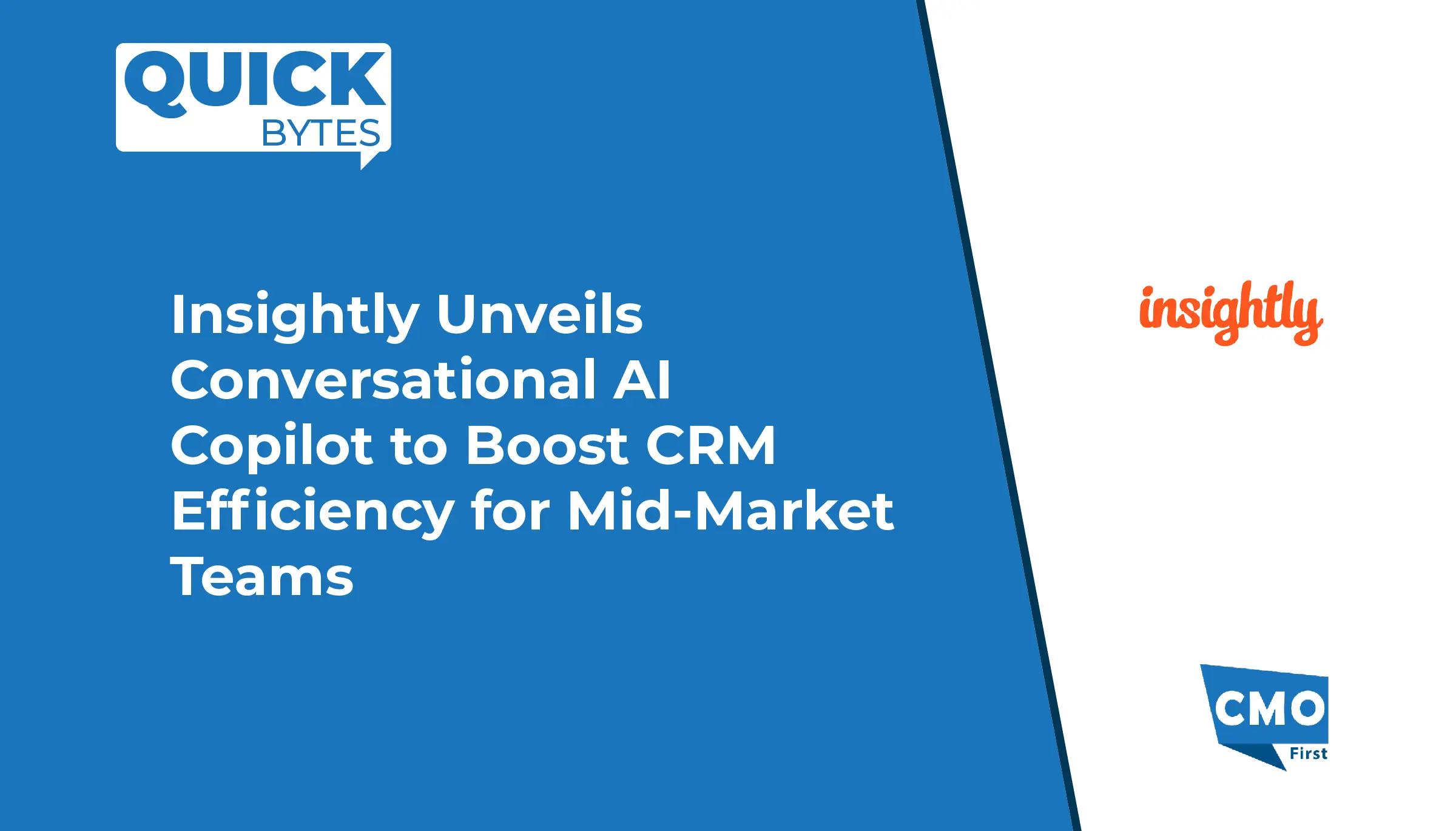

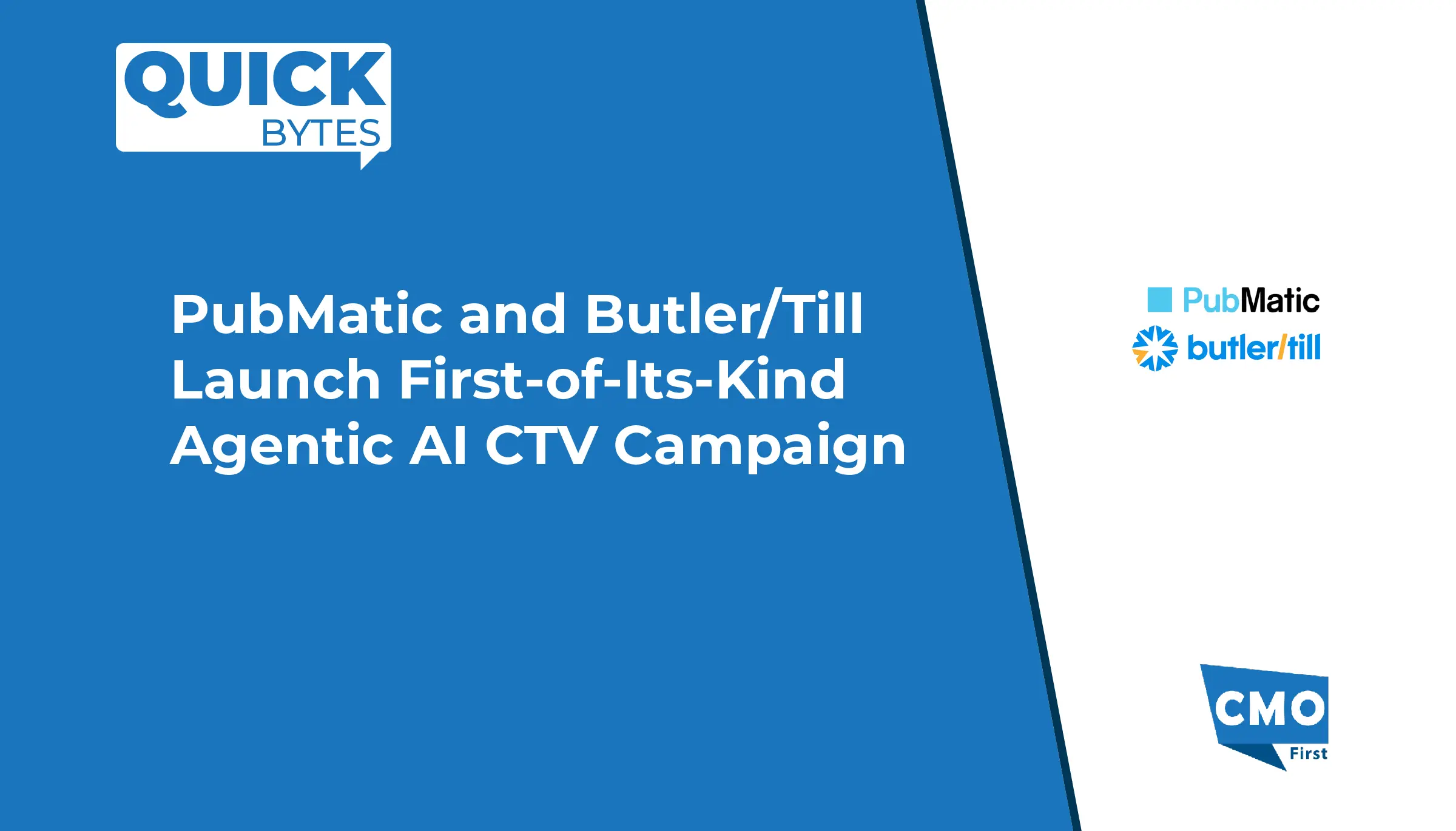



Leave a Reply